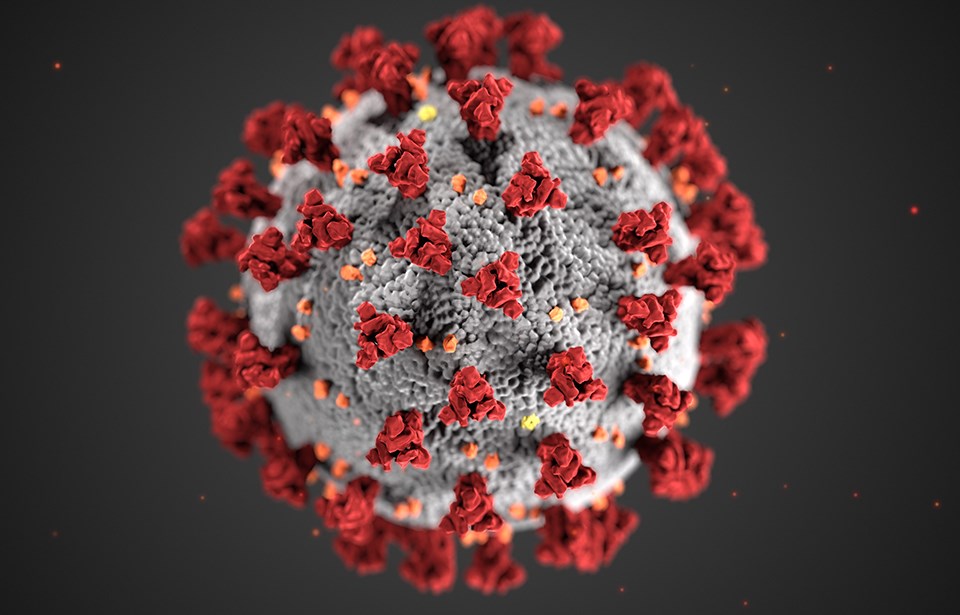Since we can no longer trust COVID-19 case counts, options such as wastewater indicators have taken on new importance in tracking and forecasting pandemic trends, according to York Region Public Health and other experts.
York Region medical officer of health Dr. Barry Pakes said case counts have become less reliable given the transmissibility of the omicron variant and provincial restrictions on testing. He said earlier in January that confirmed cases might represent only one-fifth of the total in the region.
Instead, Pakes said the region’s wastewater indicators are now the more reliable way to track trends into the future, without drawing on lagging indicators like hospitalizations.
“Unless you go to 100 times the testing capacity, there's just no way you’re able to keep up with omicron. It’s a universal problem,” Pakes said. “We have had for some time a wastewater surveillance program, which is very interesting, a very helpful tool. You look in the sewage, and you see what COVID is there."
York Region has used wastewater testing since last spring and other health units have also implemented it. Virus samples are separated and isolated from wastewater using chemical separations, with municipal staff regularly sending samples for analysis. The data is included in the region’s COVID data dashboard and is updated every second week.
York University distinguished research professor and modelling expert Jianhong Wu said, for now, case counts are “garbage” as data. He said he expects the Ontario Science Table will soon put wastewater data at the forefront, and media should be more willing to adopt it in reporting.
“There is a very strong correlation between the wastewater testing and the cases,” he said.
Hospitalizations, ICU admissions, and deaths are another way to track the course of the pandemic, Pakes said. Although they do lag behind other measures, Pakes said omicron has reduced the lag to a degree, and it is important to track those indicators.
“Those things are really important for us at public health to understand where we are at,” he said.
Other measures like the reproductive number, Rt — how fast the disease spread —and test positivity are also at fault given the spread of omicron, Pakes said.
“Because our case numbers are not an accurate reflection of what’s going on in the community," Pakes said, "the Rt is really not a useful tool right now."
Wu said other statistics such as hospitalizations could be used estimate Rt, though that does pose an issue with lag.
With modelling data having to shift, Wu said there is good reason to go back to re-examine the models the province is using to improve and establish better benchmarks. But he added that pandemic pace has not left much room for that.
“We are always trying to move forward to react to the change,” he said.
Pakes said the peak of this pandemic wave should come sometime in mid to late January, before hospitalizations and other measures start to fall again.
But they are preparing for several different scenarios, as it is dependent on the virus behaving as expected, he added. In the meantime, public health will continue to rely on restrictions and get as many people vaccinated as possible.
“We are hoping a peak will happen soon. Hoping for the best, very much preparing for the worst,” he said.



